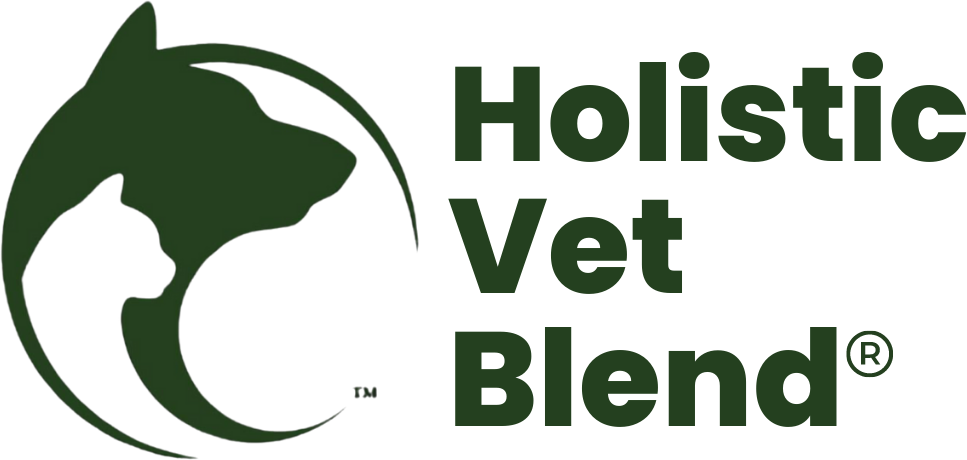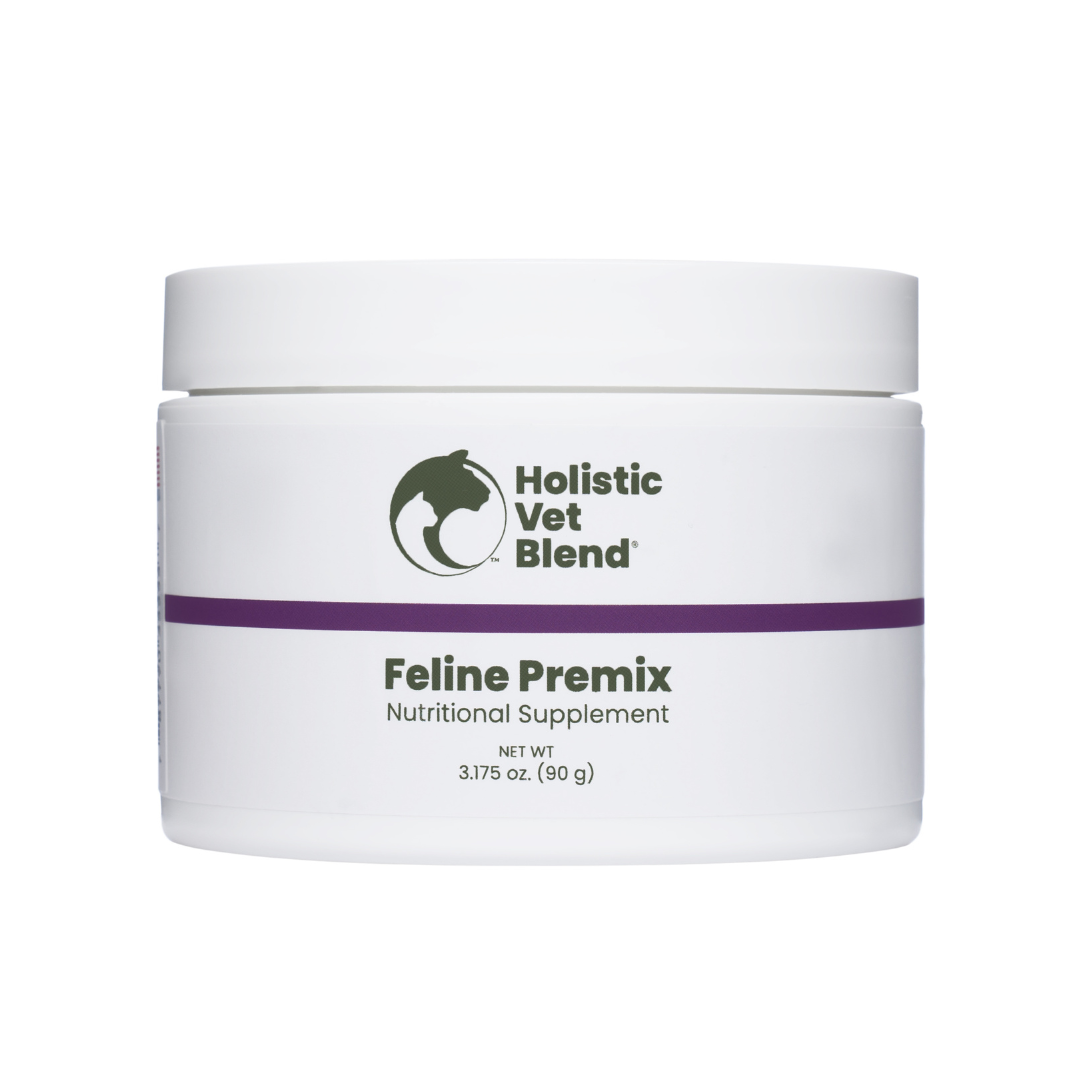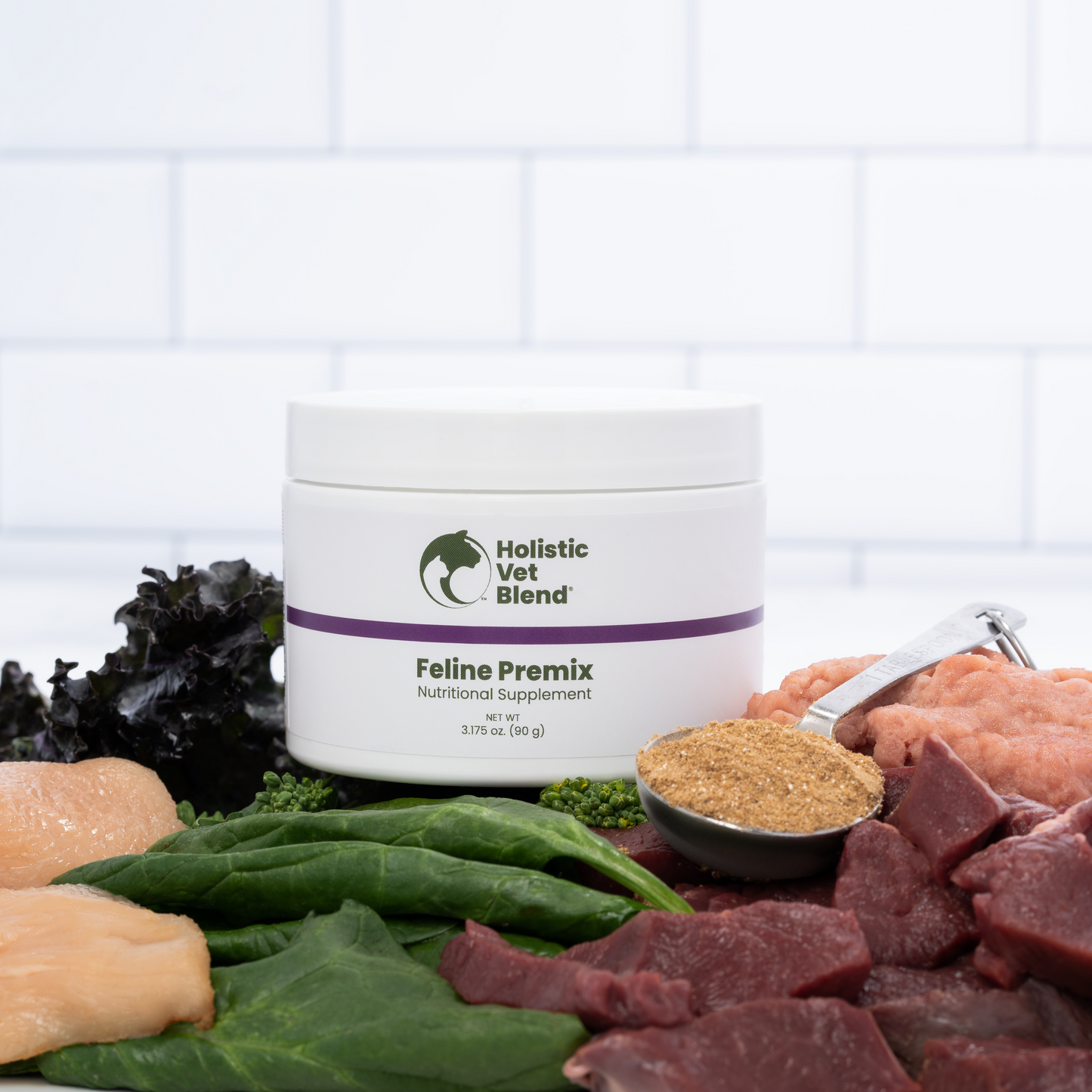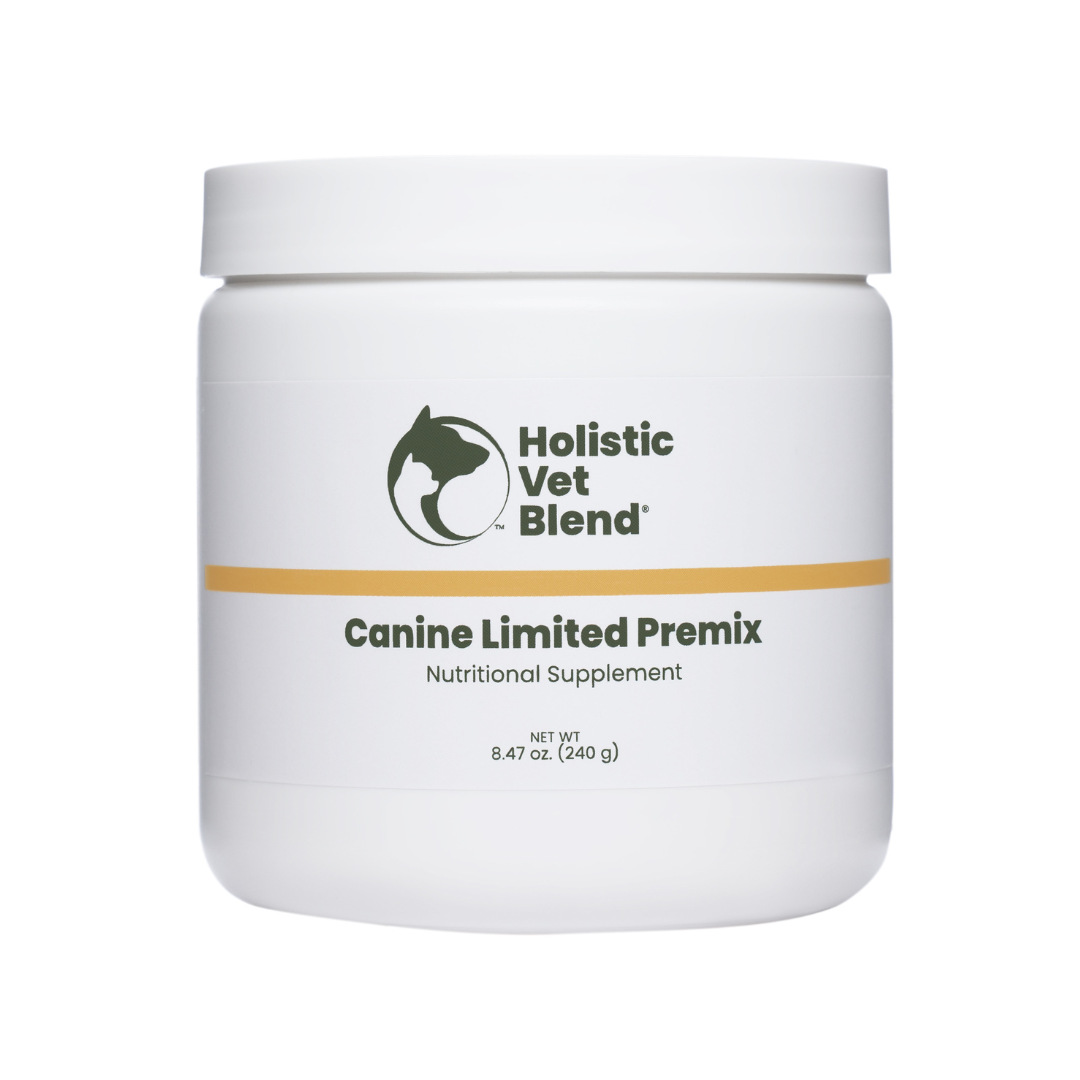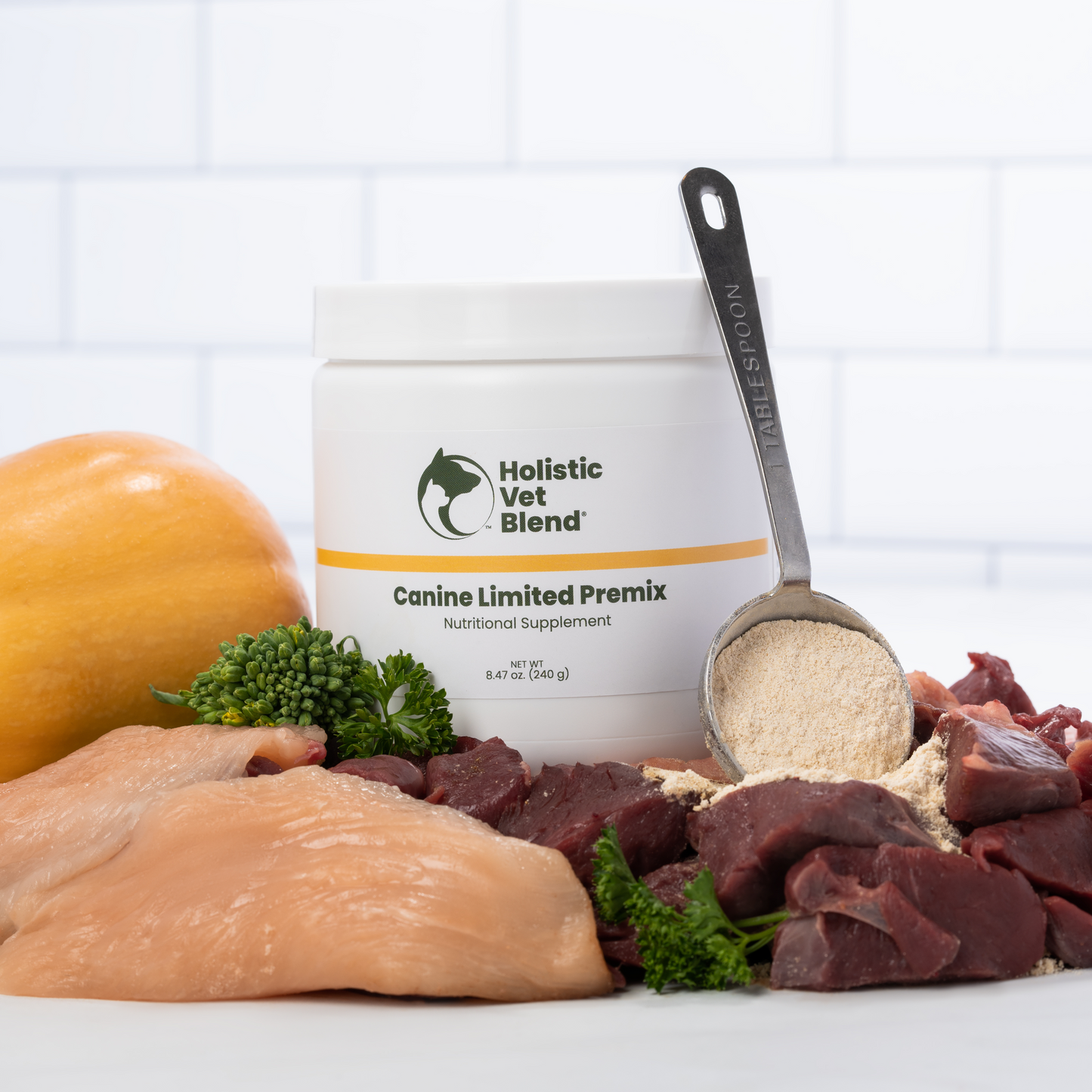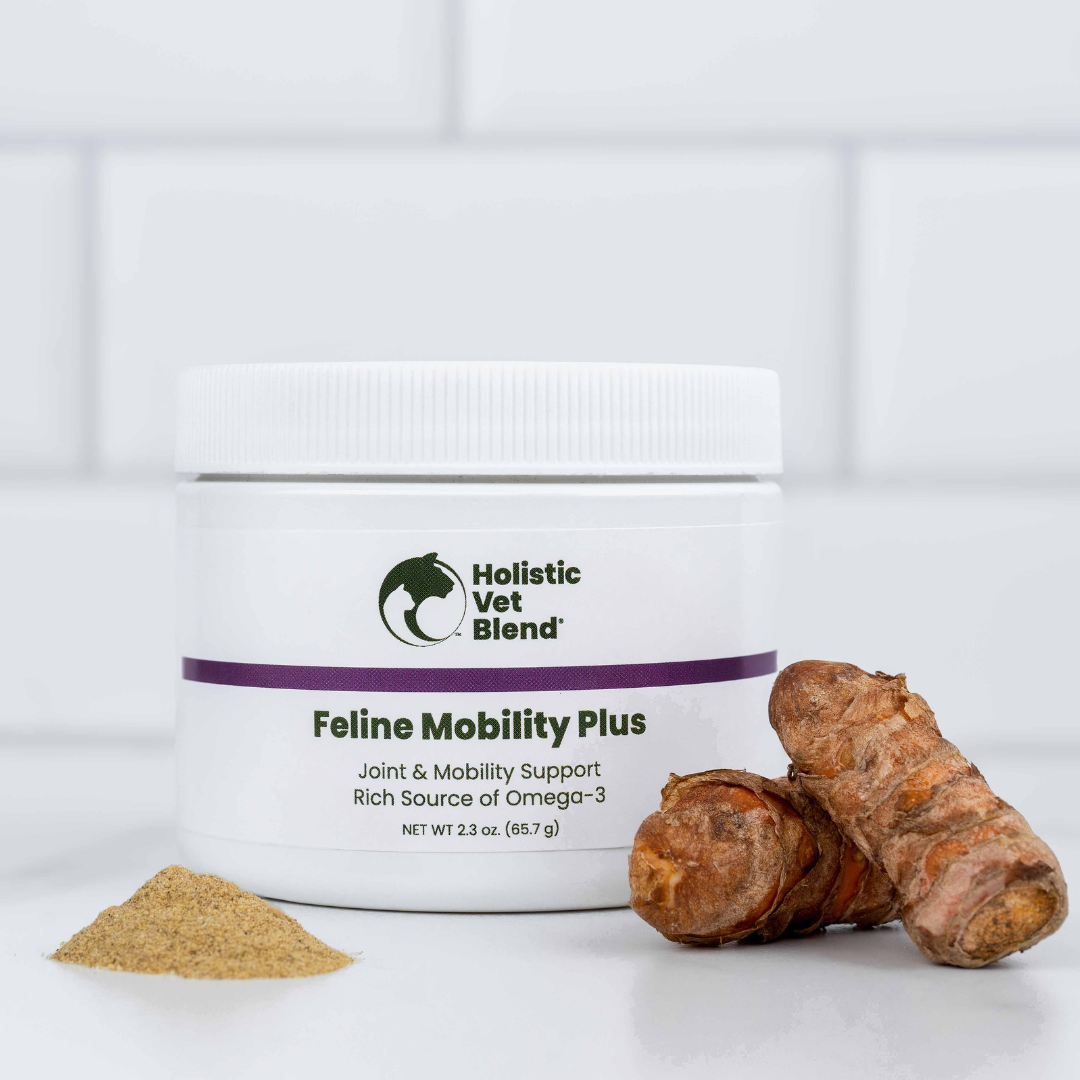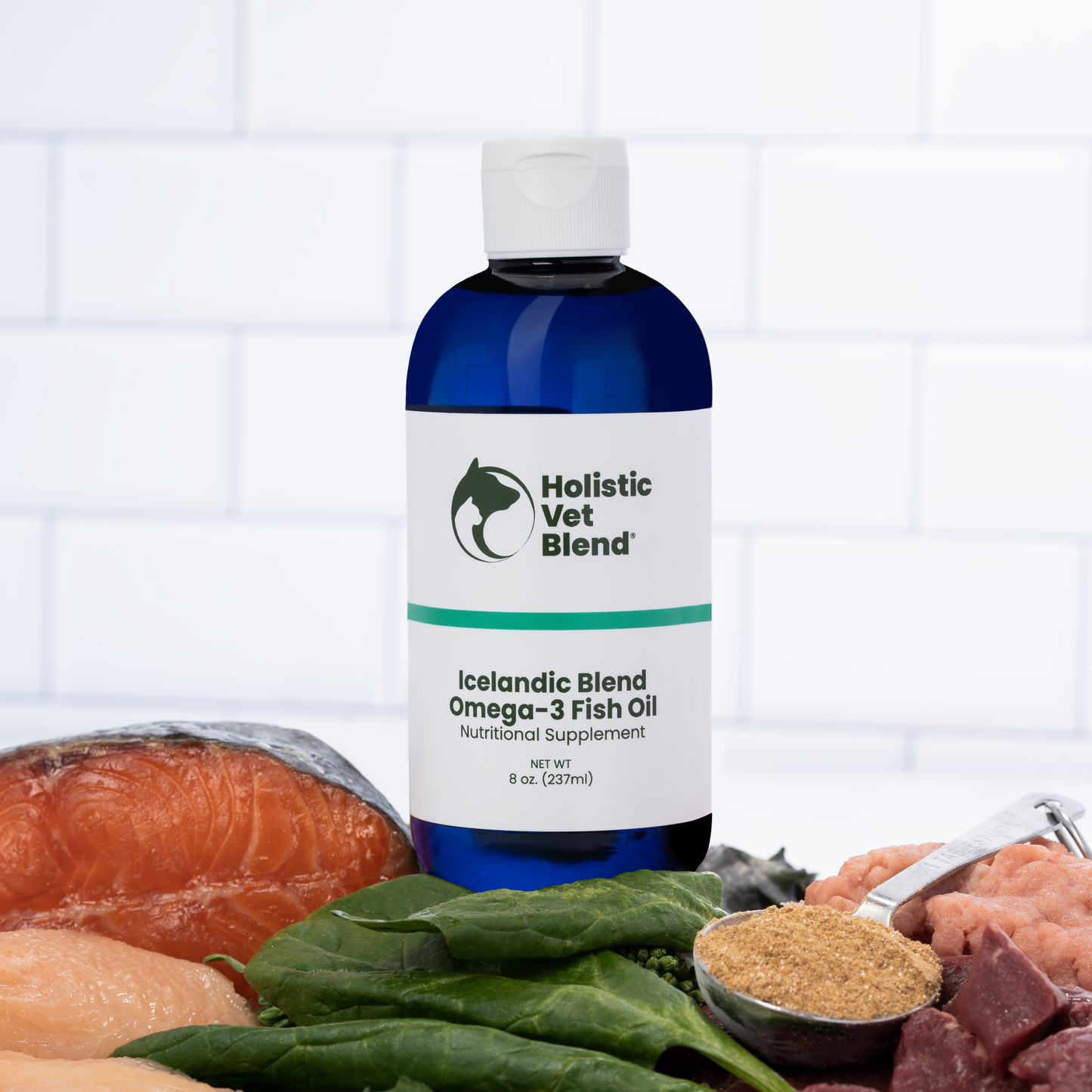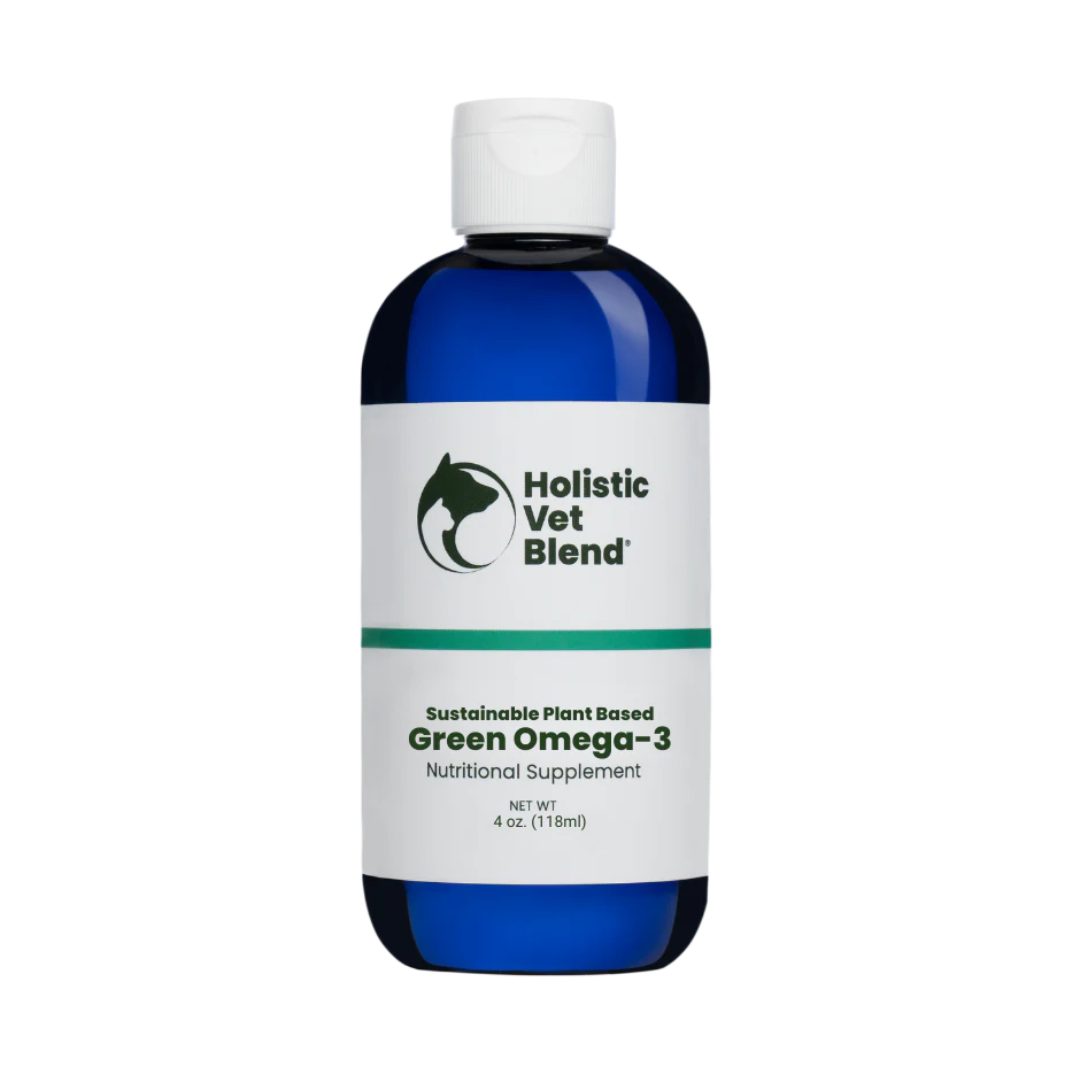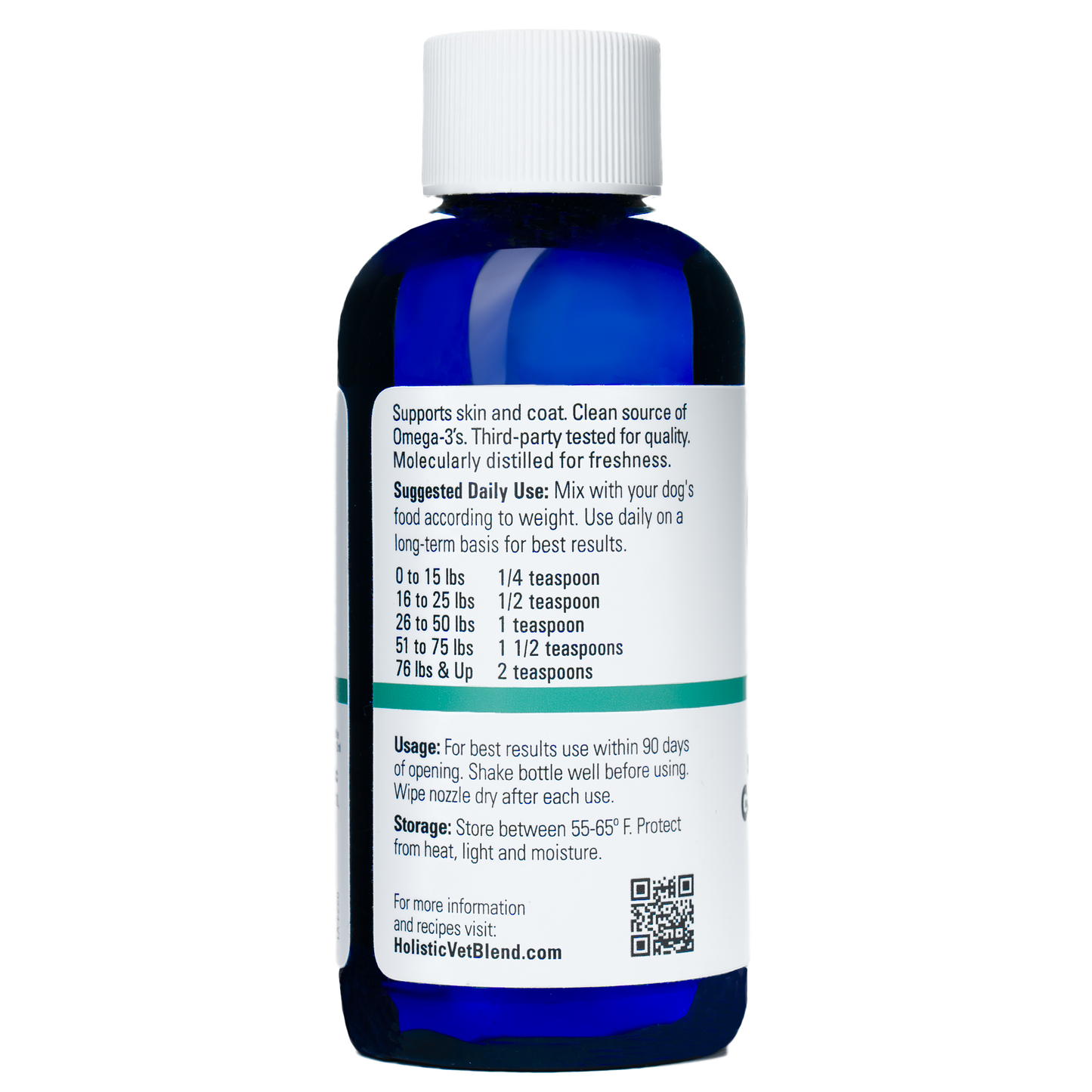
Responsible pet ownership isn't just a commitment to your furry friend; it's a journey that enhances the bond you share and contributes to their overall well-being. February, being Responsible Pet Ownership Month, is the perfect time to reassess how we care for our animal companions. In honor of our pets that give us so much, let’s explore the ten fundamental elements that are the bedrock of nurturing a healthy and happy pet.
#1 Nutrition: The Foundation of Health

Nutrition is not simply about satisfying your pet's hunger; it's about nourishing your pet's body with real food, not empty calories. Who is to blame when over 50% of dogs and cats in this country are overweight or obese? The pet food industry and veterinarians point to pet owners overfeeding and indulging their pets. But could the problem be that the density of calories in a cup of kibble is 5X that of minimally processed homemade or raw food?
When a dog's stomach is 70% of their digestive tract, is it any surprise that they are a bottomless pit when they consume energy-dense processed kibble and never seem to be satisfied? Think about eating a large salad with vinaigrette and some chicken versus a Chick Filet sandwich. One will occupy much less space than the other, yet the other meal would not likely be filling unless it came with the waffle fries and a lemonade. Eating like this day in and day out will surely lead to overweight pets.

If you knew that keeping your pet fit and trim would add two years to their life would you pay closer attention to their weight? Studies support that feeding less leads to longevity and later onset of chronic disease. If we don’t, the pharmaceutical industry has a costly solution: daily non-steroidal anti-inflammatories. It's a vicious cycle, and we have to do better for our pets.
Quality whole food ingredients are the cornerstone of a healthy diet, which can improve life expectancy and vitality. It's akin to fueling your vehicle with premium gas—it just runs better. Premium gas costs more. If it's not in your budget, consider adding some homemade food to your dog's processed food.
Dedicate a few hours on the weekend to prepping your pet's meals for the week. Holistic Vet Blend products make this easy, offering recipes that can be made ahead and stored for convenience.
#2 Veterinary Care

Keep notes on your phone of any observations or concerns regarding your pet so that you are sure to bring them to your veterinarian's attention during your visit.
Regular check-ups with a trusted vet are important for so many reasons (yearly for most pets and semi-annually for seniors). Veterinary care provides professional insight into your pet's unique needs and can help catch early signs of potential health issues. Be sure to schedule these well in advance as veterinary clinics have been very busy with a scarcity of appointments.
At the visit be sure to get your pet’s accurate weight and Body Condition Score (a rough measure of body fat) akin to our BMI. This is important to know so that you can make sure your pet is a healthy weight. Why is this important? A startling 90% of cats over age 12, and 40% of all cats have osteoarthrits. This translates to many cats being in pain without their guardian’s awareness. Pets and humans with a healthy weight live significantly longer.
Your veterinarian can do a physical exam that can detect so many things you may not be aware of such as:
-pain...this and being overweight are a horrible combination
-heart murmur/disease
-weight factors (loss, gain, and overall body condition)
-tumors brewing in the abdomen, enlarged lymph nodes
-more comprehensive eye, ear, and oral/dental exam
#3 Preventive Medicine: A Stitch in Time Saves Nine

Neglecting heartworm prevention in a heartworm endemic area will lead to an entirely preventable infection. Since treatment is so toxic, it's more responsible and humane to prevent it. The same goes for many tick-borne diseases. Check yourself and your pets closely after possible exposure and know the risks of tick-borne and heartworm disease wherever you travel.
Most pets receiving their initial vaccination series and boosters will be immune for life, especially if they have a demonstrable titer afterward, they will more than likely have lifetime immunity.
Check a stool sample for parasites, especially if you have children. Pets harboring parasites can contaminate your yard and environment. When my son was in elementary school we did a geeky science experiment where we tested coyote and dog feces in the area we walk our dogs. Half of the samples for both the coyotes and the dogs were positive for either Giardia, hookworms, or coccidia. If your dog walks in an area with parasites and comes home to groom or lick their fit, they could potentially be exposed, so don't assume that your dog would never be exposed because they would not eat another dog's feces.
Spay and neuter (at the appropriate time). Discuss the best timing with your veterinarian given your pet’s size.
#4 Exercise: For the Body and Mind

A physically active pet is a happy pet. Exercise staves off boredom, reduces behavior problems, and keeps the weight off, promoting a healthier lifestyle and enhancing the bond between you and your pet. It also staves off cognitive decline in both dogs and humans.
If you can't exercise your pet hire a dog walker or ask a local student to walk your dog for you.
#5 Grooming: More Than Just Good Looks

Regular grooming goes beyond aesthetics; it's about maintaining your pet's skin and coat health, checking for irregularities, and preventing matting or other discomforts.
Overgrown nails can be painful and cause postural issues especially in senior dogs.
Regular brushing, nail trimming, and dental care are integral to your pet's well-being. Neglecting grooming can lead to discomfort and disease. Approach grooming not as a chore but as a therapeutic ritual for you and your pet.
#6 Training and Enrichment: Building Blocks of Behavior

Training is about communication. It develops a mutual understanding between you and your pet and establishes behavior patterns that ensure your pet's safety. Having a pet that reliably returns to you when needed can save their life.
So many dogs end up in shelters because of behavioral issues that were never addressed, and proper training can eliminate and help manage so many behavioral issues.
#7 Emergency Preparedness/Monetary Responsibilities

Be sure to have some funds set aside for an emergency or invest in quality pet insurance to mitigate the costs of unexpected illnesses or accidents.
Have a disaster kit for your pet that includes at least a two week supply of any of the medications they are on and enough food for a week.
#8 Grooming

Your pet's nails and coat need attention. Overgrown nails cause postural changes and are prone to tearing and causing painful injury. Grooming can be a time spent bonding with your dog if you take your time and make it a positive experience as much as possible. And there is usually a happy dance afterwards!
#9 Safety from cars, coyotes, and snakes oh my!

If you have coyotes in your area, do not let your dog off leash to roam, and please do not let your dog or cat outside without supervision. Do not rant on about how unfair it is to not let your cat outside if you have never seen a cat that survived an attack. It's heartbreaking. My cats like to go outside, but I go with them.
If you have rattlesnakes in your area be sure to look into rattlesnake aversion training and keep your dog leashed on trails if it's that time of the year they are out.
Be sure your dog has a reliable recall so that if they are off leash they would come back to you.
#10 Environment

In the spirit of holistic care, consider the environmental impact of pet ownership. If you've read this far I'm sure you pick up after your pet and likely prioritize biodegradable bags, and recycle whatever you can.
A plug for making homemade dog food. You can decrease food waste by using carrots, parsley, spinach, and other vegetables, even blueberries that would likely go bad in your dog's food. You also decrease your pet's environmental footprint by decreasing pet food packaging waste.

Conclusion
Your pet relies on you as much as you adore their companionship. By following these guidelines, you can rest assured you're doing everything within your power to provide a safe, loving, and enriching environment. Whether it's choosing quality nutrition, staying up-to-date with veterinary care, or engaging in enriching activities, every step you take makes a world of difference in their lives—and enriches your shared bond in the process.
Remember, being a responsible pet owner is a promise—a promise to put your pet's welfare at the forefront, day in and day out.
Here's to a happy, healthy, and harmonious life with your cherished companions! 🐾
References:
(1)Kerwin SC. Osteoarthritis in cats. Top Companion Anim Med. 2010 Nov;25(4):218-23. doi: 10.1053/j.tcam.2010.09.004. PMID: 21147475.
(2)Enomoto M, Lascelles BDX, Gruen ME,: Development of a checklist for the detection of degenerative joint disease-associated pain in cats (2020). J Feline Medicine and Surgery. DOI: 10.1177/1098612X20907424.
